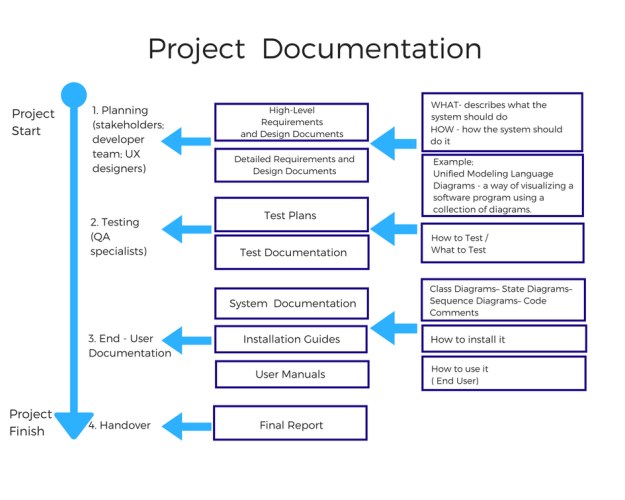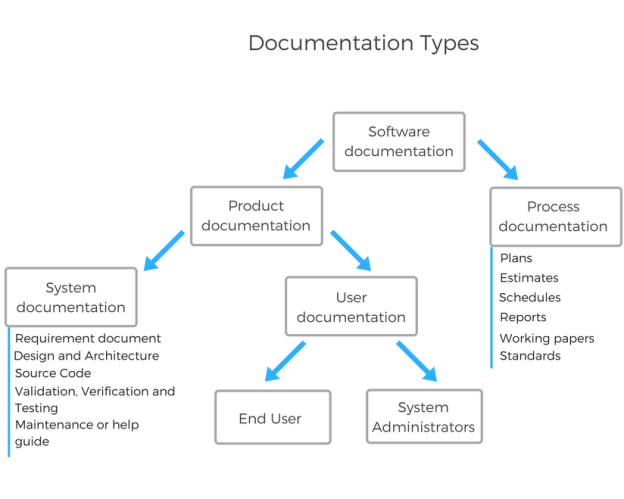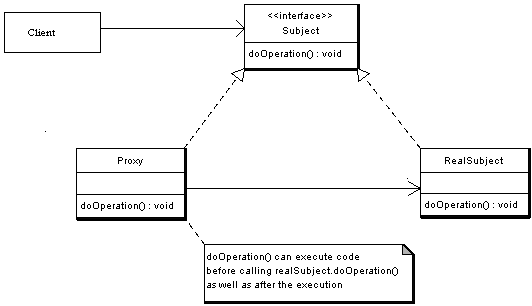In our last week of blogging, (I know it’s sad) I decided that I will be continuing on a topic that was previously discussed a while back. (Two weeks because I procrastinated, but it’s okay we won’t talk about that). Today, or tonight rather, we will be discussing cyber security. I did my normal routine, and went back to my favorite website which I will post at the end of my last blog post for those who are interested. Anyways, the article is titled Proactive Approach to Defending Computer Systems. I saw the word proactive, and I jumped right into the article.
The article is about how three different research teams (U.S. Army Research Laboratory, the University of Canterbury in New Zealand and the Gwangju Institute of Science and Technology in the Republic of Korea) came together to take a step in the right direction in the field of cyber security. According to scientists, which who are not mentioned for some odd reason, this is a demanding research topic.
The article then talks about the threat of cyber attacks like most articles that talk about cyber security do. In fact, the beginning of this article is more or less just an introduction on cyber attacks and how they work, but we won’t discuss this because we all know what cyber attacks involve, or at least I think we do, and this is my blog so I’m moving on.
The real information comes in about halfway through the article. A new method was found, and it is known as Moving Target Defense, or MTD.
“The concept of MTD has been introduced with the aim of increasing the adversary’s confusion or uncertainty by dynamically changing the attack surface, which consists of the reachable and exploitable vulnerabilities,” Cho said. “MTD can lead to making the adversary’s intelligence gained from previous monitoring no longer useful and accordingly results in poor attack decisions.” (Disclaimer: this quote was in the article, and I didn’t want to take credit for a direct quote). This explains the concept of MTD and the rest of the article talks about how it is used to prevent information from being taken by attackers. To summarize, use a bunch of fake changing IP addresses to prevent the attack.
I didn’t enjoy this article as much as I thought I was going to, but I do like the concept of it is hard to hit a moving target, so lets keep changing the fake IP address so hackers can’t do anything. I think that this is definitely a huge advancement in terms of cyber security, and hopefully it can prevent a lot of attacks. If i had to change one thing about the article, it would be the half page introduction on cyber security, but I don’t write articles so they can do whatever they want.
From the blog CS@Worcester – My Life in Comp Sci by Tyler Rego and used with permission of the author. All other rights reserved by the author.




